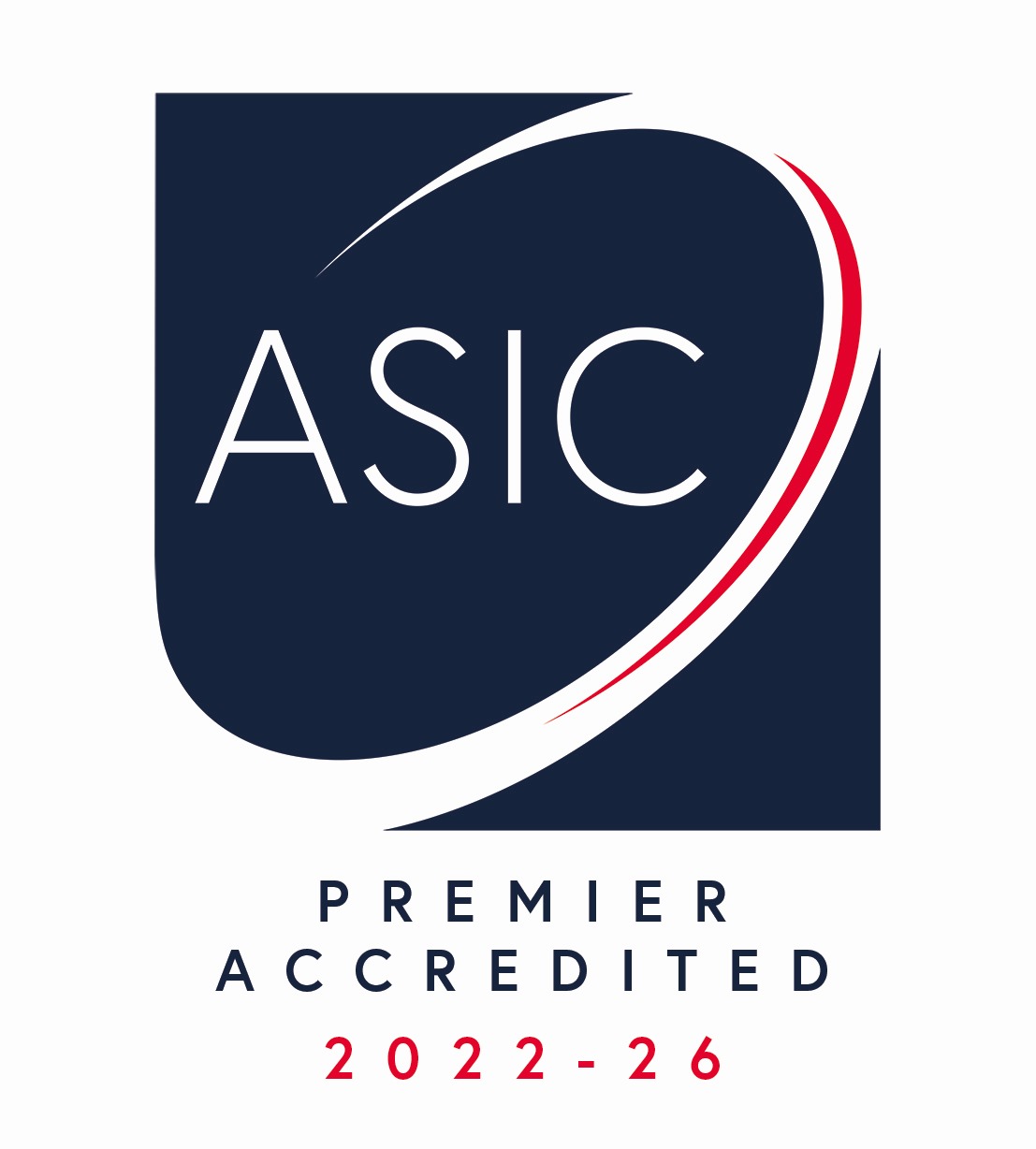A flavonoid Ombuin ameliorates thioacetamide-mediated liver cirrhosis in vivo: biochemical, immunohistochemical, inflammatory approaches
Abstract
Liver cirrhosis is posing a global public health concern despite improvements in early diagnosis and therapeutic innovations. The present work evaluates the acute toxicity and prophylactic effects of an O-methylated flavonoid (Ombuin) in thioacetamide (TAA)-induced liver injury in rats and its underlying mechanisms. Thirty Sprague–Dawley rats were aligned into five cages and treated for two months as follows: group A ingested orally 1% CMC + distilled water (i.p.); group B had 1% CMC + 200 mg/kg TAA i.p. (three times weekly); group C had 50 mg/kg silymarin + 200 mg/kg TAA; group D had 30 mg/kg Ombuin + TAA; group E had 60 mg/kg Ombuin + mg/kg TAA. The non-toxic effects of Ombuin were evidenced by the lack of any toxicity incidence in rats ingested with up to 500 mg/kg. The TAA inoculation provoked significant hepatic intoxication confirmed by histopathological indications, alteration of tissue architecture, cellular proliferation, endothelial injury, enlarged hepatic nucleus, cytoplasmic vacuolation, collagen deposition, and elevated necrotizing tissues. The oxidative stress and inflammation process was noticeably initiated following TAA delivery to rats evidenced by down-regulation of SOD, CAT, GPx, and IL- 10, while, up-regulating the MDA and TNF-α and IL- 6 cytokines. TAA injection stimulated cellular proliferation and apoptotic actions in injured liver tissues, indicated by increased proliferating cell nuclear antigen (PCNA) and elevated expression of Bcl- 2–associated X (Bax) proteins. Ombuin supplementation showed significant resistance against TAA-mediated hepatotoxicity, reversed those cellular alterations, and restored liver functions. These results demonstrate significant ameliorative effects of Ombuin in TAA hepatotoxic rats, which could be attributed to its anti-apoptotic, antioxidant, and anti-inflammatory potentials, making it a possible viable hepatoprotective agent for inflammatory-related hepatitis.
Author
Rawaz Rizgar Hassan
DOI
https://doi.org/10.1007/s00210-025-04147-2
ISSN
1432-1912
Publish Date: 2025-04-30

